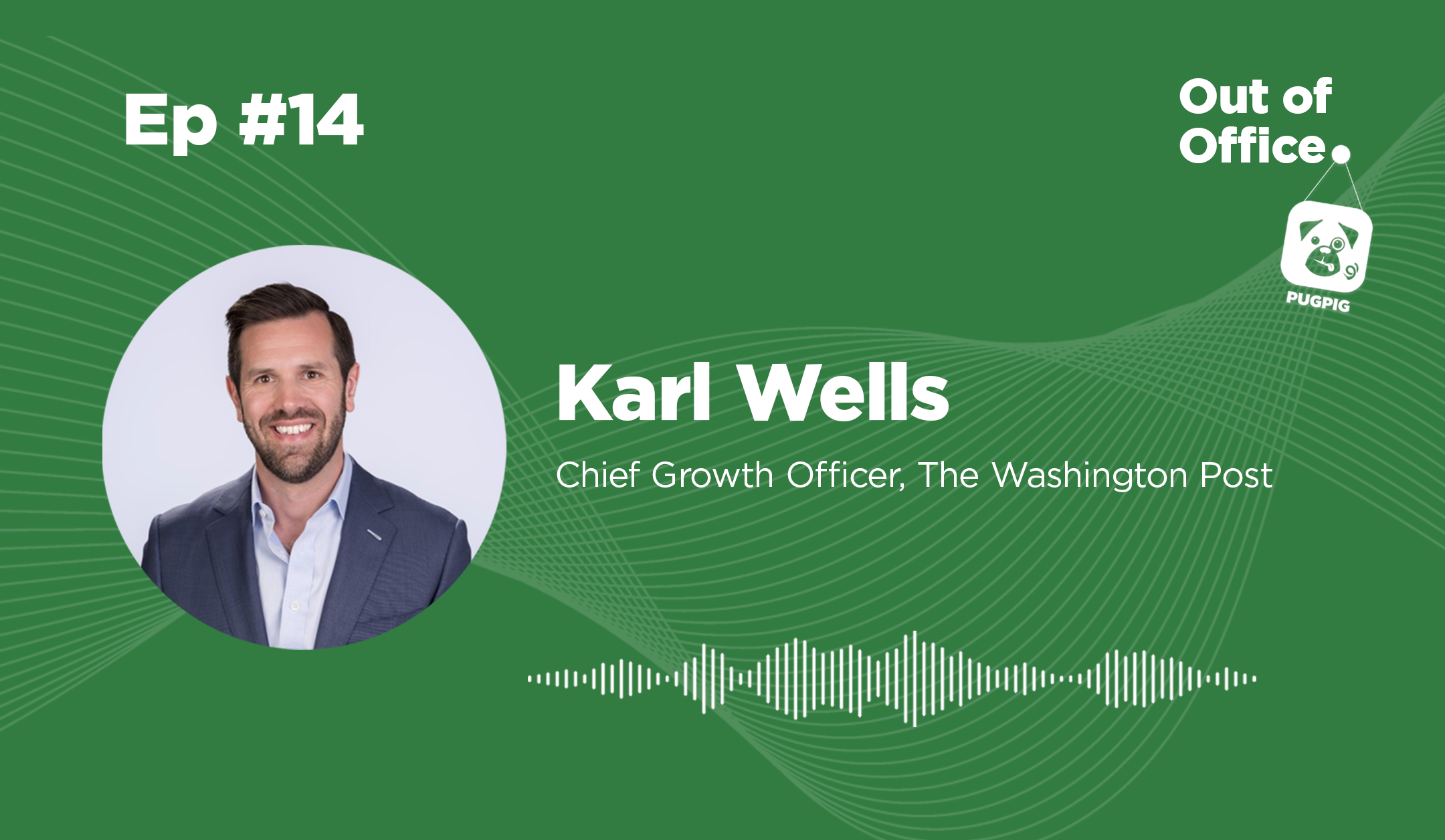
News
News
At Pugpig Consulting, we develop practical solutions tailored to your business. Learn the key challenges facing publishers and tactics to overcome and grow.
30th June 2023

For publishers, the phrase ‘the only constant is change’ rings true now more than ever. With the advent of AI and the ink still not dry on post-pandemic playbooks, it’s worth thinking about what challenges our industry may come up against in 2023 and beyond. And while challenges are always on the horizon, the industry has shown its resilience in finding solutions and new opportunities for growth.
At Pugpig Consulting, we develop practical solutions tailored to your business. In this article, Pugpig’s Director of Consulting Services, Kevin Anderson talks us through some of the key challenges currently facing publishers as well as some tactics you can adapt to your business to overcome and grow.
Publishers have found over the past decade that the difference between success and stress is their relationship with their audiences, and with the rise of AI, developing a loyal, engaged audience is more important than ever. Great digital products that delight audiences from their first interaction are key, and making sure that your product portfolio works together to support building regular habits will prepare you for whatever challenges come your way. That includes integrating a mobile app with your current audience development tools like newsletters and social or developing a product strategy focused on user experience and engagement.
Those regular habits start with the ability to connect with your audience frequently, and newsletters, podcasts and the push notifications from apps are the new active media toolkit. They give you so many opportunities to keep that connection vital and prove your value daily. It is critical for audience retention.
Turning unknown visitors into regular, returning users may seem tricky when you know little about them. However, by collecting and analysing the data you do capture on users, you can quickly build up a picture to gain a better understanding of their behaviour, informing your conversion strategy.
One way of collecting this data is by using registration walls, similar to what The Daily Beast and The Independent are doing, and this also presents another opportunity to ensure you’re analysing your content too – although a user may still be in the ‘unknown’ phase, focus can still be put on a content strategy that drives deeper engagement. Registered users are 11 times more engaged than anonymous users, and subscribers are 62 times more engaged.
And this strategy has increased registrations from 20,000 to 200,000 for The Independent after they put a registration gate on all of their content, Chief Data & Marketing Officer Jo Holdaway said at the Press Gazette Future of Media Technology conference last year.
Once that relationship has started, successful publishers are creating a frictionless post registration and post subs onboarding journey and beyond this, flexible subscription options which clearly outline the value of each subscription.
“Subscribers reluctant to renew on annual terms might be comfortable renewing for three months, for example, while those on three-month terms might be convinced to stay on board if they are allowed to pay month-to-month.” – Toolkit’s “Weathering the Storm” subscriptions report.
Another challenge faced by publishers is balancing audience development with subscriber conversion and retention. As Die Zeit found, sometimes a focus on subscriber acquisition with trial offers can lead to higher rates of churn. Striking the balance is crucial here in order to maximise revenue.
Like many publishers, Die Zeit found that trial subscribers were churning quickly. The first 24 hours of a subscription are critical, and they quickly developed a First Day Subscription programme that engaged new subscribers immediately to communicate the value and features of their subscription including access to their app.
Another focus should be to review your paywall strategy: Is it optimised based on the behaviours of your audience while also considering the need to nurture audience growth? Ensure you’re using the right types of paywall – hard paywalls are more likely to convert loyal, engaged users faster while freemium and metered models can help minimise any potential drops in engagement.
What types of content work best behind a paywall? Strategic placement of your paywalls and other subscription advertisements (like promotion of premium content beside free content) are paramount for striking the right balance between audience growth and subscriber growth. Get in touch with Pugpig Consulting for bespoke advice on the latest subscription technology and implementation support from our professional services team.
We’re all familiar with the phrase ‘don’t put all your eggs in one basket’, and this is certainly true in the world of publishing – the need for a diverse product portfolio and multiple revenue streams is clear when the future is full of inevitable ebbs and flows. And while not every option will work for all publishers, knowing your options can help you get a clearer idea of what’s most likely to work for you.
Mobile apps are a great tool for diversifying your revenue streams, as they focus on subscriber revenue and engagement. Combine this with advertising and sponsored content, events, premium content and podcasts and you have an excellent product mix that presents multiple ways to monetise your content and open up new revenue streams.
Again, it’s about forming a product strategy that provides the right product to the right person at the right time, and this is another way that Pugpig Consulting can be your practical strategic partner, helping you develop and then deliver an optimal product portfolio.
To sum up, yes there are myriad challenges ahead for our industry, but we should see this as an opportunity for growth. If you’d like practical support or tactics on these topics or others you’re considering, get in touch with Pugpig Consulting. We want to be the practical partner for your next big strategic initiative.

News

News

News

News

News